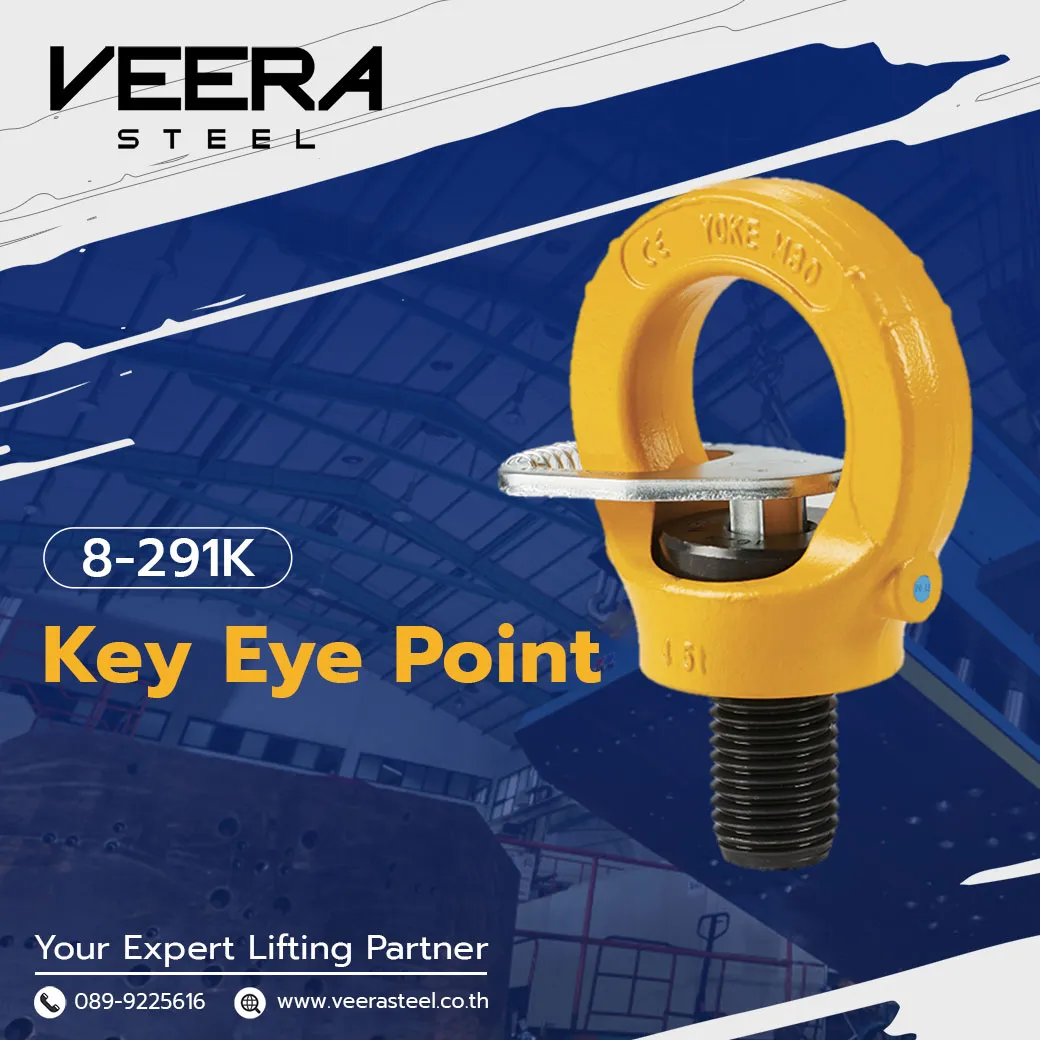


Dealing with unpredictable lifting angles or tight spaces? Standard eyebolts just don’t cut it. YOKE’s Key Eye Point Model 8-291K is designed to tackle exactly those challenges, offering safer, more flexible lifting without compromise.
Product Details & Benefits
The YOKE 8-291K is a metric-thread key eye point built for rotating horizontal lifts. It simplifies complex lifting setups by offering:
Industries & Use Cases
Things to Know Before Use
📞 Talk to our engineer for free—call us at 089-922-5616

When traditional eyebolts just won’t cut it—especially for lifts requiring frequent angle changes—YOKE’s Anchor Point Model 8-231 steps in to provide unmatched flexibility and safety.
Product Explanation & Benefits
YOKE Model 8-231 is a swivel anchor point engineered for lifts from multiple directions. With 360° horizontal rotation and 180° vertical articulation, it’s made for demanding lifting jobs where angle and positioning matter.
Industries & Use Cases
Things to Know Before Use
📞 Consult our engineers for free—message us today at 089-922-5616





Dealing with unpredictable lifting angles or tight spaces? Standard eyebolts just don’t cut it. YOKE’s Key Eye Point Model 8-291K is designed to tackle exactly those challenges, offering safer, more flexible lifting without compromise.
Product Details & Benefits
The YOKE 8-291K is a metric-thread key eye point built for rotating horizontal lifts. It simplifies complex lifting setups by offering:
Industries & Use Cases
Things to Know Before Use
📞 Talk to our engineer for free—call us at 089-922-5616